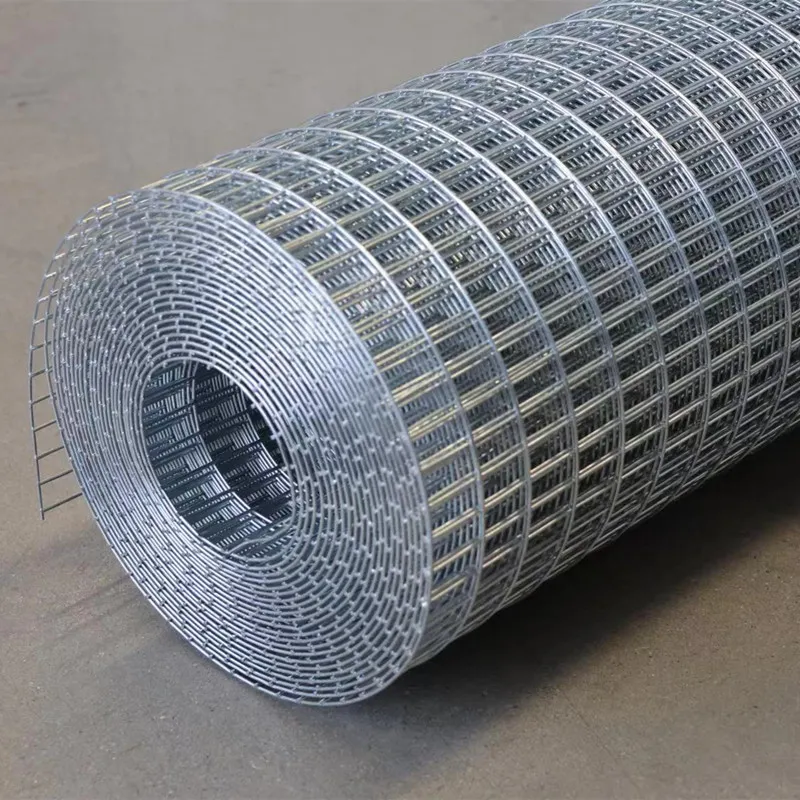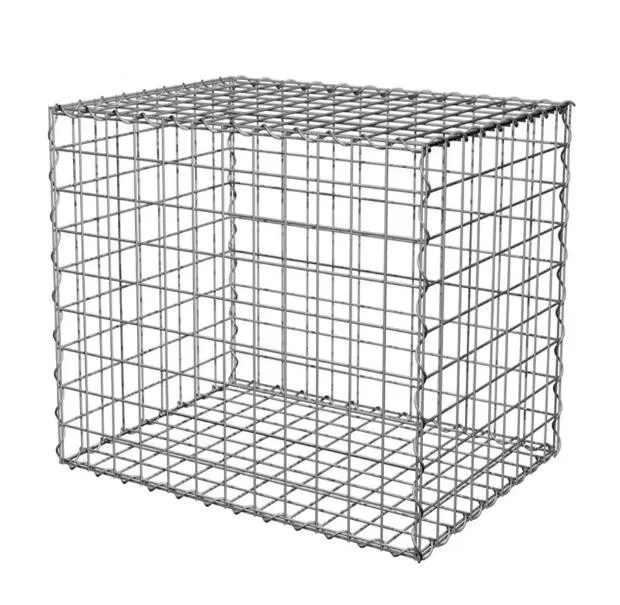The metal checker plate, often referred to as tread plate or diamond plate, is a resourceful product extensively used in a variety of settings from industrial to residential environments. Its distinguishing feature is the raised diamond or linear patterns etched into its surface, enhancing its functionality and applicability.

Checker plates are predominantly manufactured using aluminum, steel, or stainless steel, each catering to different environments and applications due to their inherent material properties. For instance, aluminum checker plates are highly appreciated for their lightweight and corrosion-resistant nature, making them ideal for maritime or outdoor applications where weight and environmental resistance are key considerations. They are a preferred choice for platforms, stair treads, and walkways, as their advanced slip-resistant surface ensures safety while being exposed to harsh weather conditions.
On the other hand, steel checker plates, with their formidable strength and durability, find extensive use in industrial sectors. Their robustness ensures they stand up to heavy impact and wear, making them suitable for high-traffic areas like factory floors or vehicle steps. The ability to support substantial weight without deforming under stress is a testament to their enduring appeal.

Stainless steel checker plates uniquely combine aesthetic appeal with superior resistance to oxidation and chemical exposure. In environments where both visual appeal and performance against the elements are crucial, such as in food processing areas or hospitals, stainless steel's unique properties emerge as unrivaled. This makes them an excellent choice for environments requiring strict hygienic standards along with durability.
The design of the metal checker plate is no mere aesthetic detail; it is vital to its function. The surface patterns, whether diamond shapes or dot formations, serve to enhance grip, significantly reducing the risk of slips and falls. Beyond safety, these patterns can also facilitate drainage—critical in environments where liquid exposure is frequent, thus adding another layer of practicality to their already impressive portfolio.
metal checker plate
Installation of checker plates is straightforward, further adding to their appeal. They can be easily cut to size and shaped according to specific requirements using standard metalworking tools, ensuring that they fit perfectly across different installations. This flexibility is a major factor in their widespread adoption across multiple applications.
Safety is an indispensable part of environments where the metal checker plate is utilized. Many technologies, such as assessing slip resistance for various surface conditions, have established the checker plate as pivotal in minimizing accidents in workplace environments. By providing extra grip underfoot paired with their easy-to-clean surface, they help maintain both safety and cleanliness standards efficiently.
The innovation behind the metal checker plate lies not just in its design but its adaptability. Increasingly, architects and designers are discovering creative uses of checker plates, incorporating them into modern architectural designs, whether in airports, shopping malls, or even in artful sculptures and installations. Their ability to deliver both form and function allows them to fit into contemporary designs seamlessly.
In terms of sustainability and life-cycle cost, checker plates present significant advantages. For instance, aluminum and steel are both recyclable, adding to their environmentally friendly credentials. Given their durability and resistance to a variety of environmental hazards, they require minimal maintenance, ensuring lower long-term costs and a reduced environmental footprint over their lifespan.
As industries and consumers continually seek products that effectively combine safety, durability, and low maintenance with aesthetic appeal, the metal checker plate remains a crucial solution. Its multipurpose functionality, undeniable strength, and adaptability continue to drive its demand across a wide spectrum of use cases, reinforcing its status as a staple in both existing and innovative applications.
























